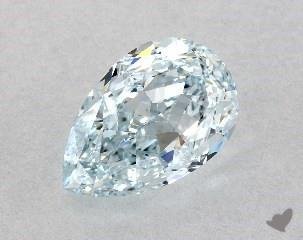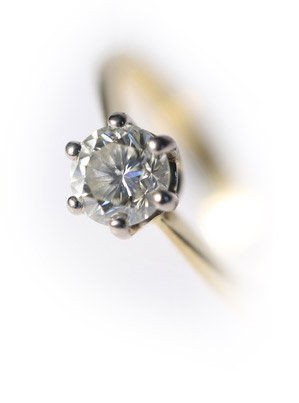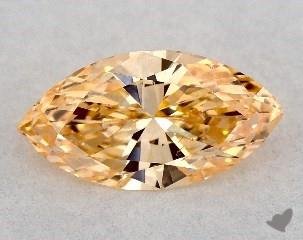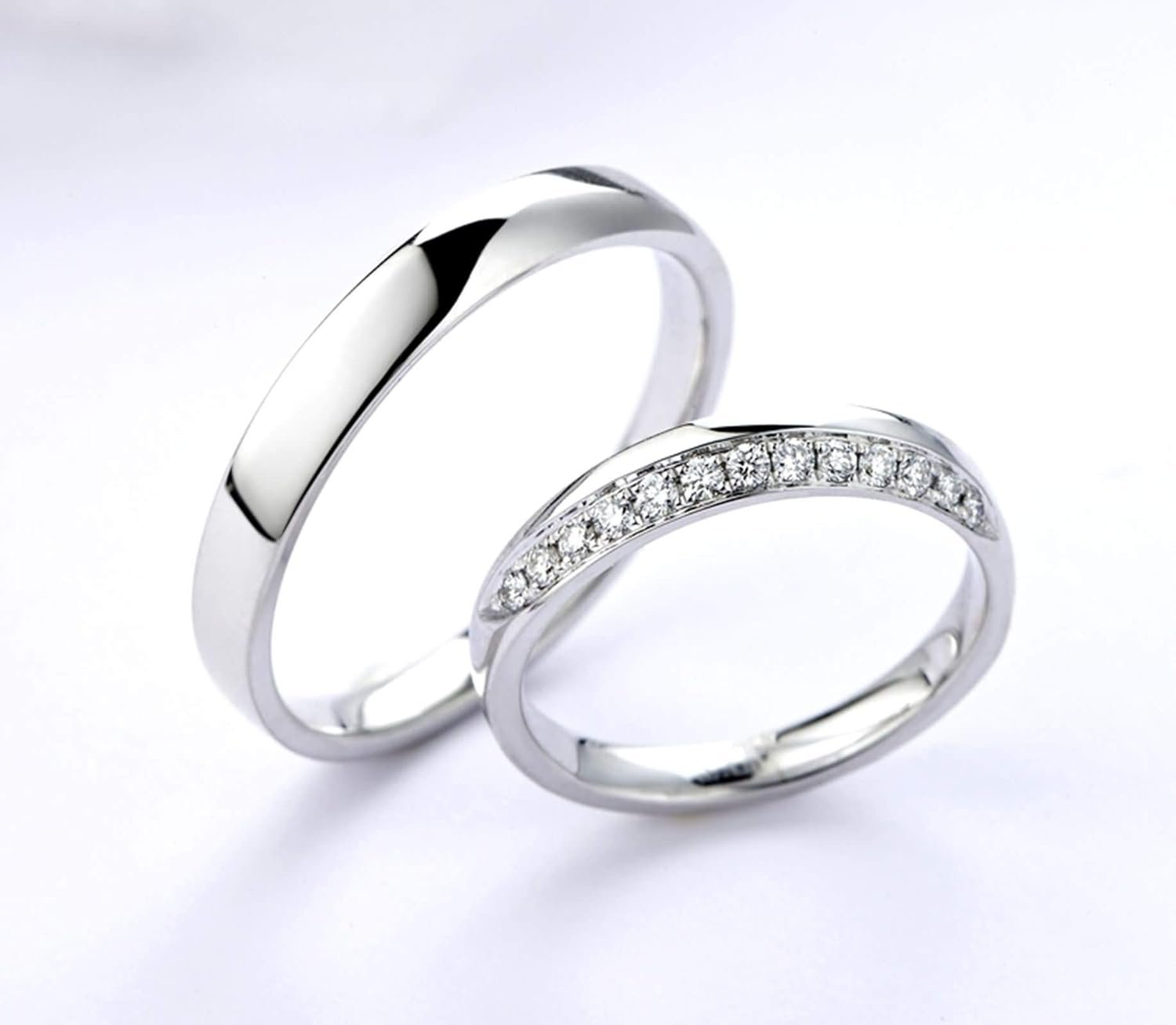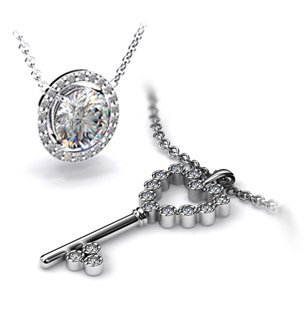Diamond Weight
Understanding Diamond Carat Weight
Carat is a term that refers to the weight of a diamond. Before the twentieth century, diamonds were measured using carob seeds, known for their small and uniform size, which served as perfect counterweights to the diamond. The term "carob" is the origin of the word "carat" that we use today.
Diamond Size and Carat Weight
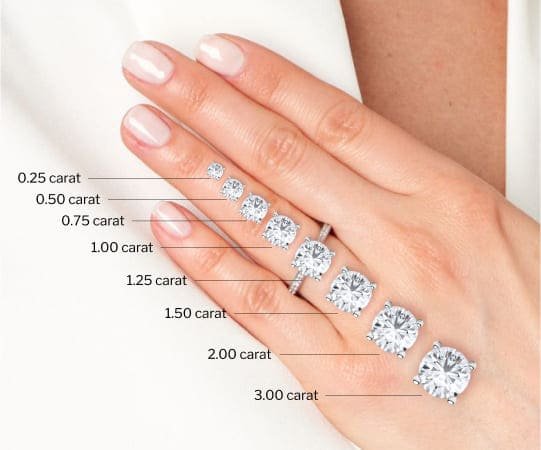
The size of a diamond is directly proportional to its carat weight. When rough diamonds are cut and polished into finished diamonds, up to two-thirds of the total carat weight may be lost. Larger rough gems of high quality are rarer than smaller ones, making a single two-carat diamond more expensive than two one-carat diamonds of the same quality.
In the United States, most diamonds used in jewelry and sold as loose diamonds weigh one carat or less. The average engagement ring diamond sold in the U.S. weighs less than half a carat.
It's important to note that a diamond's weight increases much faster than its actual "face-up" diameter. For instance, while an ideal cut one-carat diamond measures approximately 6.5mm in width, a diamond of twice the weight measures only 8.2mm wide—less than a 30% increase. This illustrates that carat weight alone does not fully determine a diamond's appearance.
Choosing the Right Carat Weight
Selecting the right carat weight depends on personal preference and budget. When considering a diamond engagement ring, the most visible aspect is the size of the surface area on the top of the diamond. It is difficult to determine a diamond’s carat weight just by looking at it. Although carat weight significantly influences cost, focusing on diamond cut and diameter can provide a better overall value and appearance.
At Videh, we emphasize the importance of balancing carat weight with other critical factors like cut and diameter to ensure you choose a diamond that meets your desires and fits your budget.


